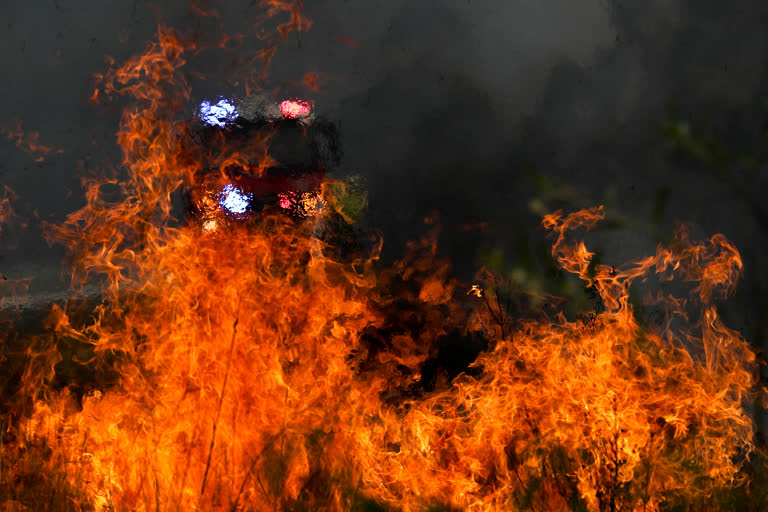Canberra: An investigation into Australia's catastrophic wildfire season on Friday recommended greater efforts to forecast the impacts of climate change on specific parts of the country, warning fire behaviour was becoming more extreme.
The Royal Commission into National Natural Disaster Arrangements began in February while wildfires were ravaging vast swathes of the nation's southeast in a fire season that is now known as Black Summer.
The fires killed at least 33 people including 10 firefighters, destroyed more than 3,000 hones, razed 19 million hectares (47 million acres) and displaced thousands of residents.
Read:| 'Winds too weak to cut power before California fire'
The Royal Commission, which is the country's highest form of investigation, said that smoke that blanketed much of Australia, including major cities, had contributed to hundreds of deaths.
The commission's 578-page report, with 387 pages of appendices, made 80 recommendations, including for greater harmonisation of data across Australia on climate and disaster risks.
The report said federal and state governments should produce "downscaled" climate projections, and agree on climate trajectories and timelines.
Discrepancies between states' fire hazard mapping methods "make it difficult to measure risk at a national scale or to undertake comparative risk between regions".
"Improving weather forecasting and climate projection capability is important to improve the ability to predict or estimate the likelihood of extreme" wildfires, the report said, citing the Commonwealth Scientific and Industrial Research Organisation, an Australian government agency.
Emergency Management Minister David Littleproud described the recommendations as pragmatic.
The report "goes into the next journey in this nation's healing after one of the most significant natural disasters in our nation's history," Littleproud said.
Former New South Wales state Fire and Rescue Commissioner Greg Mullins called on the government and lawmakers to "immediately endorse" all of the report's recommendations.
Read:| Evacuation orders lifted for many Californians who fled fire
"The main point made in this report is that the Black Summer bushfires would not have happened if not for the effects of climate change and a warming planet. It makes the point that we can expect fires like this, and other disasters, like floods, cyclones, heat waves into the future because of climate change, because of emissions," he told reporters in Sydney.
The wildfire season has again opened in Australia.
But unlike the last drought-parched season, above-average rainfall is forecast over eastern and northern Australia during the Southern Hemisphere summer.
A more active tropical cyclone season is also forecast.
AP



